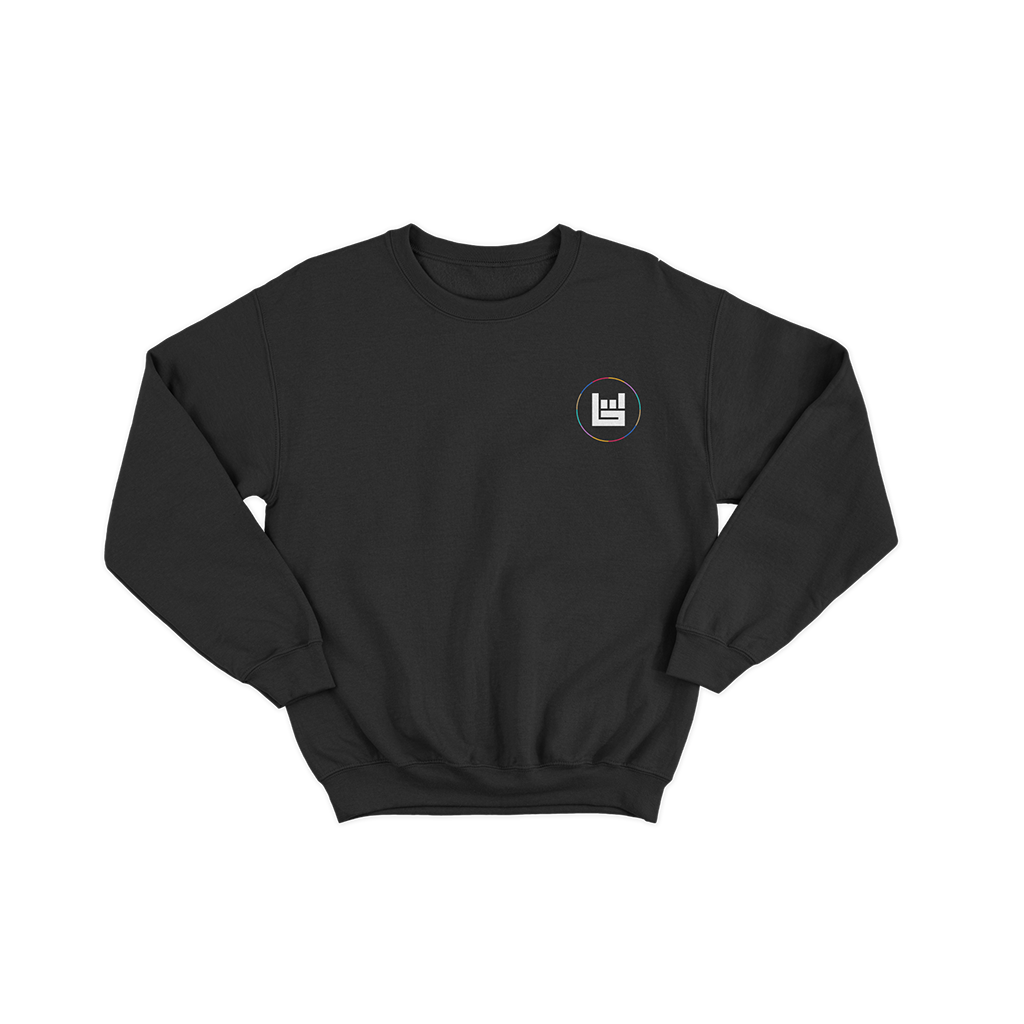
In The Band
Hooligans Music Hall
2620 Onslow Dr
Jacksonville, NC 28540
Apr 17, 2024
12:30 AM EDT
I Was There
Leave a Review

About this concert
Mixing it Right
The mixtures below apply to any color (warm versus cool) but we’ll describe making the perfect green here, since that what we started with.
for more information about color mixing visit https://paintona.com
•Ultramarine blue has a warm (red) bias, so it’s not the right choice to create
bright green.
•Phthalo blue, on the other hand, has a cool (green) bias, so it will be a great
choice for making bright green.
•Cadmium yellow has a warm (red) bias, so it won’t create vibrant yellow.
•Hansa yellow has a cool (green) bias, so this is an excellent choice for bright
green. Complimentary colors, in short, are the ones that lay opposite one another on the color wheel. These mute each other, which makes it impossible for you to create a clear, bright mixture. The secret to mixing colors effectively is in understanding the qualities of different pigments, so that you can mix the right colors every time.
Using the Simpler Color Wheel
If you understand the color wheel (and you won’t at first, even though it looks simple), you’ll know how to use color theory in your painting. Below, we’ll go through the basic facts of color theory and explain the way that can help you when you paint. In the more basic color wheel just above this text, you’ll find just 12 colors.
Before you can mix them together in the methods above, you need to understand that the primary colors are STILL more important than the rest. The reason you can’t get the same color each time you mix them is that no two tubes of paint have purely a simple color. They also contain traces of other colors in there, too. The primary colors are more powerful.
Red and blue are power colors and yellow is simply the brightest color on the wheel. If you mix any two primary colors, you get what is known as a secondary color.
Secondary Colors
The secondary colors include green, violet and orange. They fall between blue, red and yellow and they are all complementary colors to a primary color.
Complementary Colors
When you mix these together, they are more vivid than they are when they’re apart. Red and green, orange and blue, and purple and yellow are enhanced when combined with the color opposite them on the wheel. Don’t mistake “complementary” as meaning they mix well together with both at full strength. Sometimes they don’t mix right, either.
Show More
Find a place to stay
Event Lineup
Bandsintown Merch

Circle Hat
$25.0 USD

Live Collage Sweatshirt
$45.0 USD

Rainbow T-Shirt
$30.0 USD

Circle Beanie
$20.0 USD
Easily follow all your favorite artists by syncing your music
Sync Music


